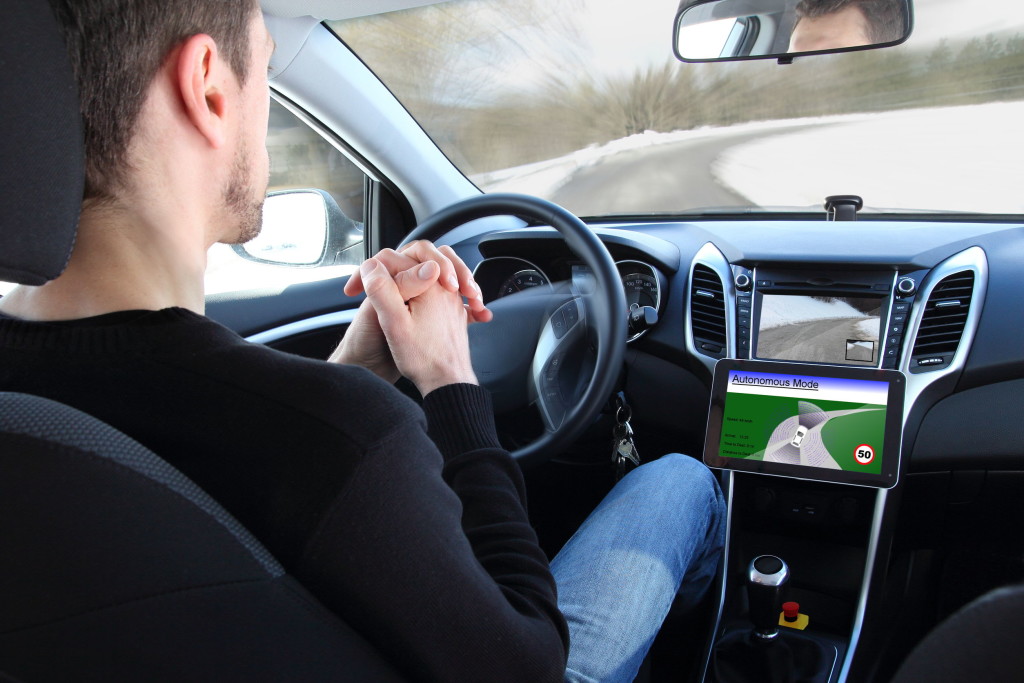Car-to-Car Communication Could Prevent Crashes
 Regulators in the auto industry may soon require automakers to install crash-avoidance communication systems in all new vehicles, according to statements made by the Transportation Department.
Regulators in the auto industry may soon require automakers to install crash-avoidance communication systems in all new vehicles, according to statements made by the Transportation Department.
Transportation Secretary Anthony Foxx said the Obama administration is intent on moving forward with vehicle-to-vehicle communication systems that prevent accidents by providing location and speed data. Foxx hopes the communication systems will be mandatory within a few years.
“Our goal is to have a proposal that will be developed before the administration closes its doors,” Foxx said in news conference. He added that traffic data suggests that cross-car communication could prevent 70-80 percent of accident situations involving sober drivers.
Complex Systems
The raw data suggests that automobile communication systems could eliminate a large portion of crashes caused by driver error, but the technology still has a few hurdles to overcome. Researchers say some points of contention include:
- Creating a large enough network for the system to function appropriately
- Consumer privacy and security
- Affordability
- Consumer acceptance
- Legal and regulatory framework
Of the above issues, automakers are primarily concerned about consumer backlash over privacy issues. Mr. Foxx said consumer security is one of their main areas of focus, and he added that vehicles wouldn’t share identifying information.
Automakers are also hesitant to aggressively pursue vehicle-to-vehicle communications before liability issues are fully addressed.
How It Would Work
According to the Transportation Department, early studies have examined the proficiency of short-distance radio networks in reducing vehicle crashes and collisions.
Their current tests feature a radio network that sends signals up to 300 yards that project a vehicle’s position, speed and direction. By analyzing the variables of all the other cars on the road, the communication system could provide early warning signals before they become apparent to the driver.
While the technology may not be mandatory for years, it’s clear that new automobile safety measures are needed. There were 33,561 traffic deaths in 2012, up nearly 1,000 from the previous year. 2012 marked the first time in seven years that the number of traffic fatalities rose. It is believed that number declined in 2013, but the National Highway Traffic Safety Administration is still working on the official tally.
Related source: The Wall Street Journal
-
5 Ways to Increase Gas Mileage
 Jul 26, 2013
Jul 26, 2013With gas prices on the rise, motorists are once again looking for ways to stretch their dollars and increase their gas mileage. To aid in their search, we compiled a list of five ways you can increase your car’s gas mileage. Drive the speed limit – Although you may not get to your destination as […]
-
5 Thanksgiving Travel Tips
 Nov 27, 2013
Nov 27, 2013The Thanksgiving holiday is one of the biggest travel dates each year, as millions of drivers hit the road to head home to their families. In fact, AAA recently announced that over 43 million Americans will travel over 50 miles to visit friends and family over the four-day holiday break, so don’t be surprised if […]
-
Self-Driving Cars Could Prevent Up To 90% Of Accidents
 Mar 11, 2015
Mar 11, 2015A new study by the consulting firm McKinsey & Company suggests that widespread acceptance of self-driving cars could reduce traffic accidents by up to 90 percent. The study suggests that mass adoption of self-driving vehicles will occur in about 15 years, and this could be bad news for collision centers. According to the study, mass adoption of […]




